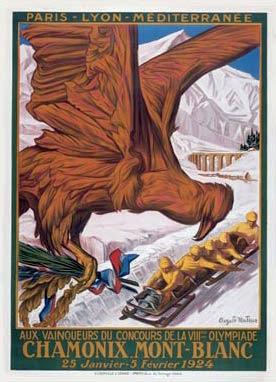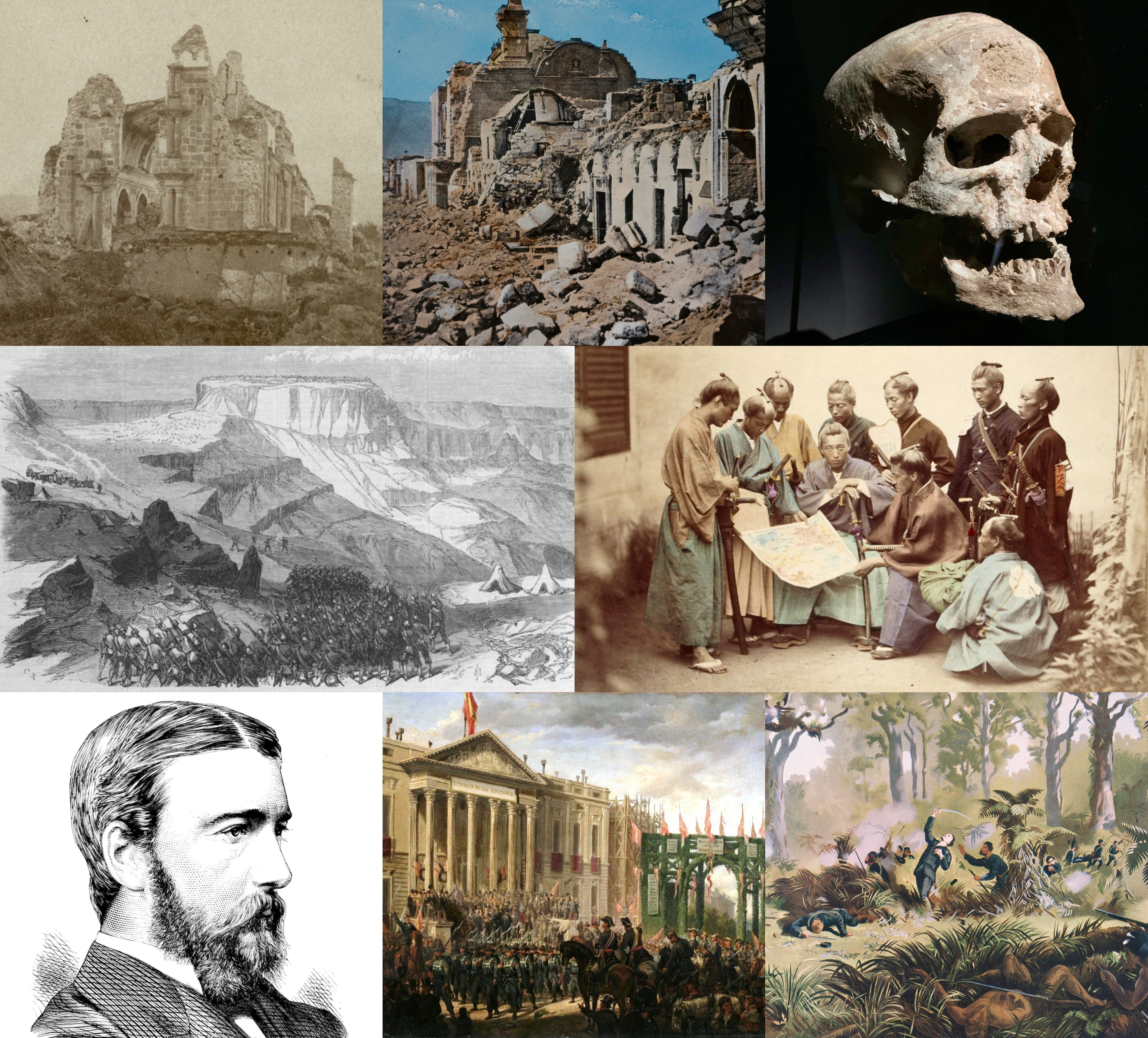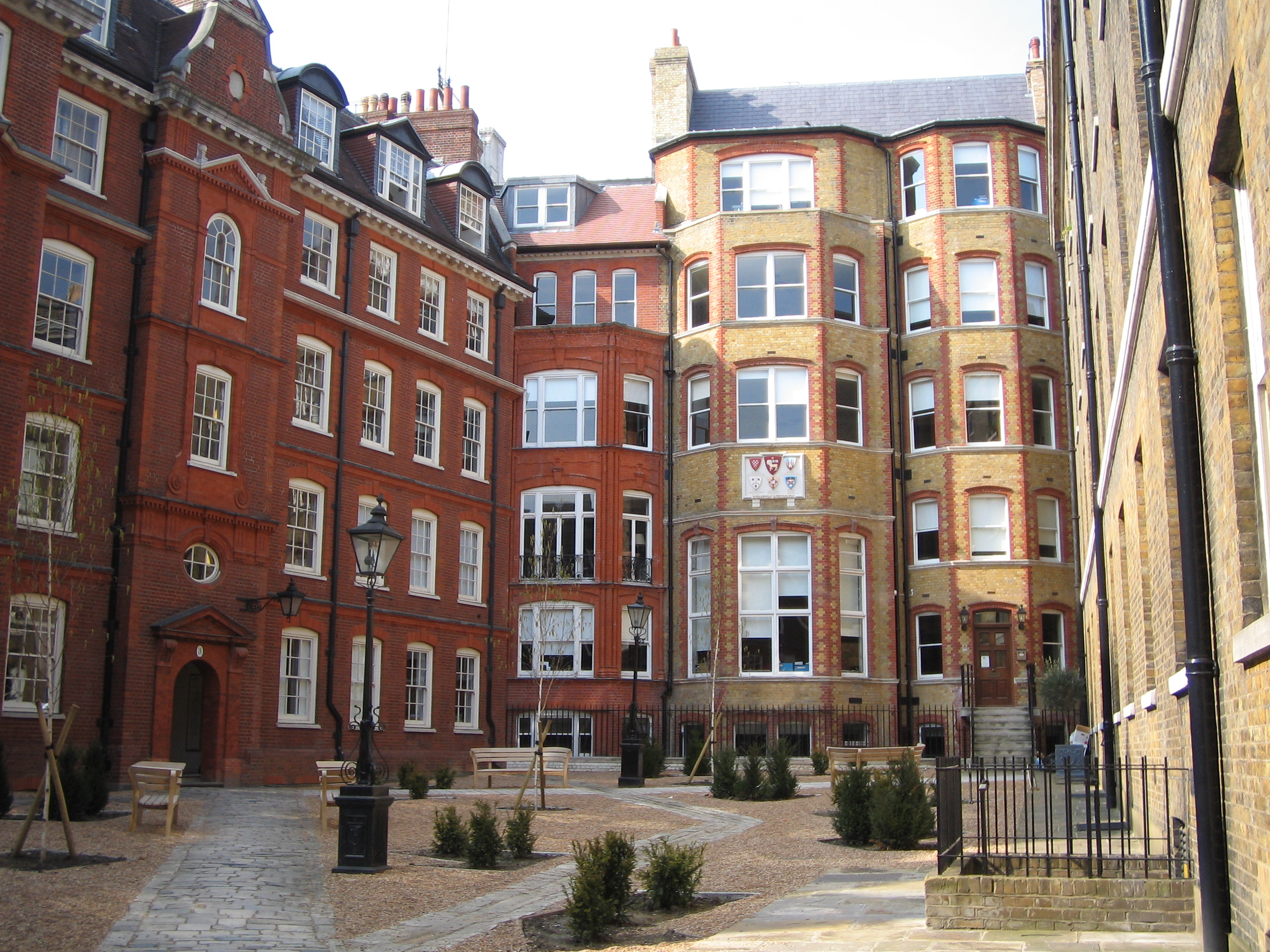|
Arthur Clutton-Brock
Arthur Clutton-Brock (23 March 1868 – 8 January 1924) was an English essayist, critic and journalist. Arthur Clutton-Brock was born at Weybridge, third son of John Alan Clutton-Brock, a banker, and his wife Mary Alice, daughter of Rev. Henry Thomas Hill, rector of Felton, Herefordshire. They were first cousins, both being grandchildren of Rev. Henry William Hill, rector of Rock, Worcestershire. The Clutton-Brock family were landed gentry, of Pensax Court, near Tenbury Wells, Tenbury, Worcestershire, where they had lived since the 1600s. They were coal mine owners. The family name originated in the adoption of the additional surname of 'Brock' by John Alan's father, Thomas Clutton, Magistrate (England and Wales), J.P., Deputy lieutenant, D.L., in 1809, as per a stipulation in the will of his maternal great-uncle, Thomas Brock, of Chester, Cheshire, in which county the Clutton family had been resident since the reign of Henry III of England, Henry III. He was educated at Summerfiel ... [...More Info...] [...Related Items...] OR: [Wikipedia] [Google] [Baidu] |
Thomas Jones Barker (1815-1882) - Arthur Clutton-Brock (1868–1924), Aged 10 - 1430440 - National Trust
Thomas Jones Barker (19 April 1813 – 29 March 1882) was an English historical, military, and portrait painter. The Barkers of Bath Thomas Jones Barker was born at Bath in 1815, into a family of artists. His grandfather, Benjamin Barker, was "a failed barrister…who painted horses with limited success" and eventually became "foreman and enamel painter at the japan works, Pontypool, expert at painting sporting and animal figures." His father was the prominent painter Thomas Barker, also called Barker of Bath. His uncles Benjamin Barker Jr., and Joseph Barker were also painters, as was his younger brother, John Joseph Barker, and his cousin, Marianne A. Barker, daughter of his uncle Benjamin. Career in France After studying under his father, in 1834, at age 19, he moved to Paris and became a student of Horace Vernet. He made his debut at the Paris Salon of 1836 with three paintings, including ''Beauties of the Court of Charles II'', which received a bronze medal. (His fath ... [...More Info...] [...Related Items...] OR: [Wikipedia] [Google] [Baidu] |
Called To The Bar
The call to the bar is a legal term of art in most common law jurisdictions where persons must be qualified to be allowed to argue in court on behalf of another party and are then said to have been "called to the bar" or to have received "call to the bar". "The bar" is now used as a collective noun for barristers, but literally referred to the wooden barrier in old courtrooms, which separated the often crowded public area at the rear from the space near the judges reserved for those having business with the court. Barristers would sit or stand immediately behind it, facing the judge, and could use it as a table for their briefs. Like many other common law terms, the term originated in England in the Middle Ages, and the ''call to the bar'' refers to the summons issued to one found fit to speak at the "bar" of the royal courts. In time, English judges allowed only legally qualified men to address them on the law and later delegated the qualification and admission of barristers to ... [...More Info...] [...Related Items...] OR: [Wikipedia] [Google] [Baidu] |
1924 Deaths
Events January * January 12 – Gopinath Saha shoots Ernest Day, whom he has mistaken for Sir Charles Tegart, the police commissioner of Calcutta, and is arrested soon after. * January 20–January 30, 30 – Kuomintang in China holds its 1st National Congress of the Kuomintang, first National Congress, initiating a policy of alliance with the Soviet Union and the Chinese Communist Party. * January 21 – Alexander Cambridge, 1st Earl of Athlone, The Earl of Athlone is appointed Governor-General of the Union of South Africa, and High Commissioner for Southern Africa.Archontology.org: A Guide for Study of Historical Offices: South Africa: Governors-General: 1910-1961 (Accessed on 14 April 2017) * January 22 – R ... [...More Info...] [...Related Items...] OR: [Wikipedia] [Google] [Baidu] |
1868 Births
Events January * January 2 – British Expedition to Abyssinia: Robert Napier leads an expedition to free captive British officials and missionaries. * January 3 – The 15-year-old Mutsuhito, Emperor Meiji of Japan, declares the ''Meiji Restoration'', his own restoration to full power, under the influence of supporters from the Chōshū and Satsuma Domains, and against the supporters of the Tokugawa shogunate, triggering the Boshin War. * January 5 – Paraguayan War: Brazilian Army commander Luís Alves de Lima e Silva, Duke of Caxias, enters Asunción, Paraguay's capital. Some days later he declares the war is over. Nevertheless, Francisco Solano López, Paraguay's president, prepares guerrillas to fight in the countryside. * January 7 – The Arkansas constitutional convention meets in Little Rock. * January 9 – Penal transportation from Britain to Australia ends, with arrival of the convict ship '' Hougoumont'' in Western Australia, afte ... [...More Info...] [...Related Items...] OR: [Wikipedia] [Google] [Baidu] |
John William Willis-Bund
John William Bund Willis-Bund (8 August 1843 – 7 June 1928) was a British lawyer, legal writer and professor of constitutional law and history at King's College London, a historian who wrote on the Welsh church and other subjects, and a local Worcestershire politician. An electronic version of a publication by the Honourable Society of Cymmrodorion Biography Willis-Bund was born in 1843 at sea, his parents returning from his father's judicial posting in Australia. He was baptized at Bahia, South America.The Times, 9 January 1928, p. 19Biographical History of Gonville and Caius College 1349-1897 vol. II 1713-1897, John Venn, Cambridge University Press/ C. J. Clay and Sons, 1898, pg 354 He was the son of John Walpole Willis and his second wife Ann Susanna Kent Bund, of Wick Episcopi, Worcestershire. The adoption of his mother's surname (in 1864) was necessary in order to succeed his maternal grandfather as heir to the Bund family's Worcestershire properties. He was educated a ... [...More Info...] [...Related Items...] OR: [Wikipedia] [Google] [Baidu] |
Surrey
Surrey () is a Ceremonial counties of England, ceremonial county in South East England. It is bordered by Greater London to the northeast, Kent to the east, East Sussex, East and West Sussex to the south, and Hampshire and Berkshire to the west. The largest settlement is Woking. The county has an area of and a population of 1,214,540. Much of the north of the county forms part of the Greater London Built-up Area, which includes the Suburb, suburbs within the M25 motorway as well as Woking (103,900), Guildford (77,057), and Leatherhead (32,522). The west of the county contains part of Farnborough/Aldershot built-up area, built-up area which includes Camberley, Farnham, and Frimley and which extends into Hampshire and Berkshire. The south of the county is rural, and its largest settlements are Horley (22,693) and Godalming (22,689). For Local government in England, local government purposes Surrey is a non-metropolitan county with eleven districts. The county historically includ ... [...More Info...] [...Related Items...] OR: [Wikipedia] [Google] [Baidu] |
Godalming
Godalming ( ) is a market town and civil parish in southwest Surrey, England, around southwest of central London. It is in the Borough of Waverley, at the confluence of the Rivers Wey and Ock. The civil parish covers and includes the settlements of Farncombe, Binscombe and Aaron's Hill. Much of the area lies on the strata of the Lower Greensand Group and Bargate stone was quarried locally until the Second World War. The earliest evidence of human activity is from the Paleolithic and land above the Wey floodplain at Charterhouse was first settled in the middle Iron Age. The modern town is believed to have its origins in the 6th or early 7th centuries and its name is thought to derive from that of a Saxon landowner. Kersey, a woollen cloth, dyed blue, was produced at Godalming for much of the Middle Ages, but the industry declined in the early modern period. In the 17th century, the town began to specialise in the production of knitted textiles and in the manufacture of ... [...More Info...] [...Related Items...] OR: [Wikipedia] [Google] [Baidu] |
Leveson Francis Vernon-Harcourt
Leveson Francis Vernon-Harcourt M.I.C.E. (25 January 1839 – 14 September 1907) was a British civil engineer, author of several treatises on river and harbour engineering. Early life and education Leveson Francis Vernon-Harcourt was the son of Admiral Frederick Edward Vernon-Harcourt (1790–1883), a descendant of the Barons Vernon, and his wife, Marcia Delap (née Tollemache) (1802–1868). His elder brother was the chemist Augustus George Vernon Harcourt. Vernon-Harcourt was educated at Windlesham House School, Harrow School and Balliol College, Oxford, graduating in 1861 with a first-class degree in mathematics and natural sciences. He received his training in engineering as a pupil of Sir John Hawkshaw. Career Vernon-Harcourt specialised in canal and harbour engineering. He was a pioneer in the use of scale models to predict the impact of man made structures in tidal waters. He was an active contributor to the Institution of Civil Engineers, and the author of several ... [...More Info...] [...Related Items...] OR: [Wikipedia] [Google] [Baidu] |
The Morning Post
''The Morning Post'' was a conservative daily newspaper published in London from 1772 to 1937, when it was acquired by ''The Daily Telegraph''. History The paper was founded by John Bell. According to historian Robert Darnton, ''The Morning Post'' scandal sheet consisted of paragraph-long news snippets, much of it false. Its original editor, the Reverend Sir Henry Bate Dudley, earned himself nicknames such as "Reverend Bruiser" or "The Fighting Parson", and was soon replaced by an even more vitriolic editor, Reverend William Jackson, also known as "Dr. Viper". Originally a Whig paper, it was purchased by Daniel Stuart in 1795, who made it into a moderate Tory organ. A number of well-known writers contributed, including Samuel Taylor Coleridge, Charles Lamb, James Mackintosh, Robert Southey, Mary Robinson, and William Wordsworth. In the seven years of Stuart's proprietorship, the paper's circulation rose from 350 to over 4,000. From 1803 until his death in 1833, the ... [...More Info...] [...Related Items...] OR: [Wikipedia] [Google] [Baidu] |
The Times
''The Times'' is a British Newspaper#Daily, daily Newspaper#National, national newspaper based in London. It began in 1785 under the title ''The Daily Universal Register'', adopting its modern name on 1 January 1788. ''The Times'' and its sister paper ''The Sunday Times'' (founded in 1821), are published by Times Media, since 1981 a subsidiary of News UK, in turn wholly owned by News Corp. ''The Times'' and ''The Sunday Times'' were founded independently and have had common ownership only since 1966. It is considered a newspaper of record in the UK. ''The Times'' was the first newspaper to bear that name, inspiring numerous other papers around the world. In countries where these other titles are popular, the newspaper is often referred to as or , although the newspaper is of national scope and distribution. ''The Times'' had an average daily circulation of 365,880 in March 2020; in the same period, ''The Sunday Times'' had an average weekly circulation of 647,622. The two ... [...More Info...] [...Related Items...] OR: [Wikipedia] [Google] [Baidu] |
Inner Temple
The Honourable Society of the Inner Temple, commonly known as the Inner Temple, is one of the four Inns of Court and is a professional association for barristers and judges. To be called to the Bar and practice as a barrister in England and Wales, a person must belong to one of these Inns. It is located in the wider Temple (London), Temple area, near the Royal Courts of Justice, and within the City of London. As a Liberty (division), liberty, it functions largely as an independent local government authority. The Inn is a professional body that provides legal training, selection, and regulation for members. It is ruled by a governing council called "Parliament", made up of the Masters of the Bench (or "Benchers"), and led by the Treasurer#In the Inns of Court, Treasurer, who is elected to serve a one-year term. The Temple takes its name from the Knights Templar, who originally (until their abolition in 1312) leased the land to the Temple's inhabitants (Templars). The Inner Templ ... [...More Info...] [...Related Items...] OR: [Wikipedia] [Google] [Baidu] |






